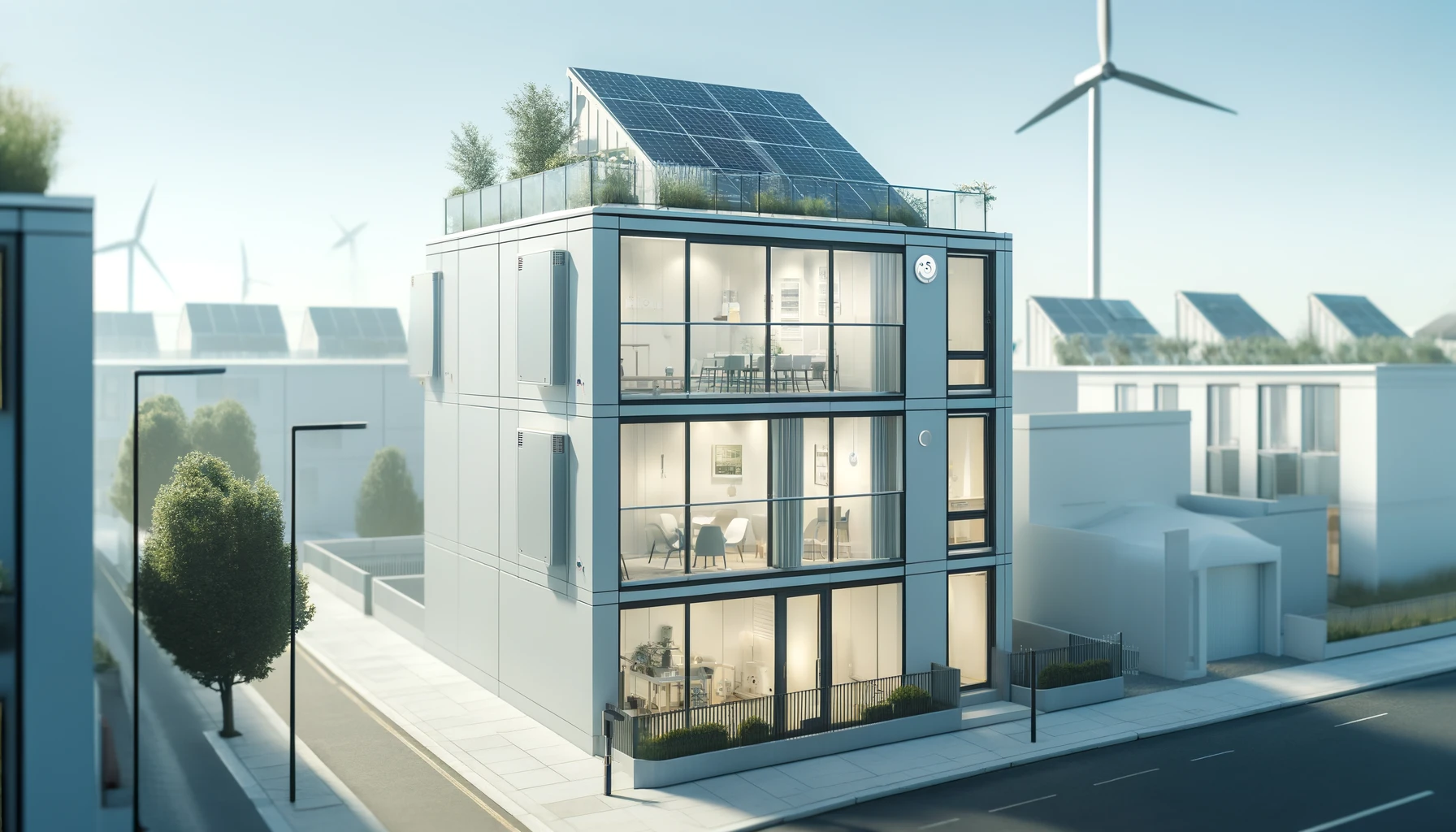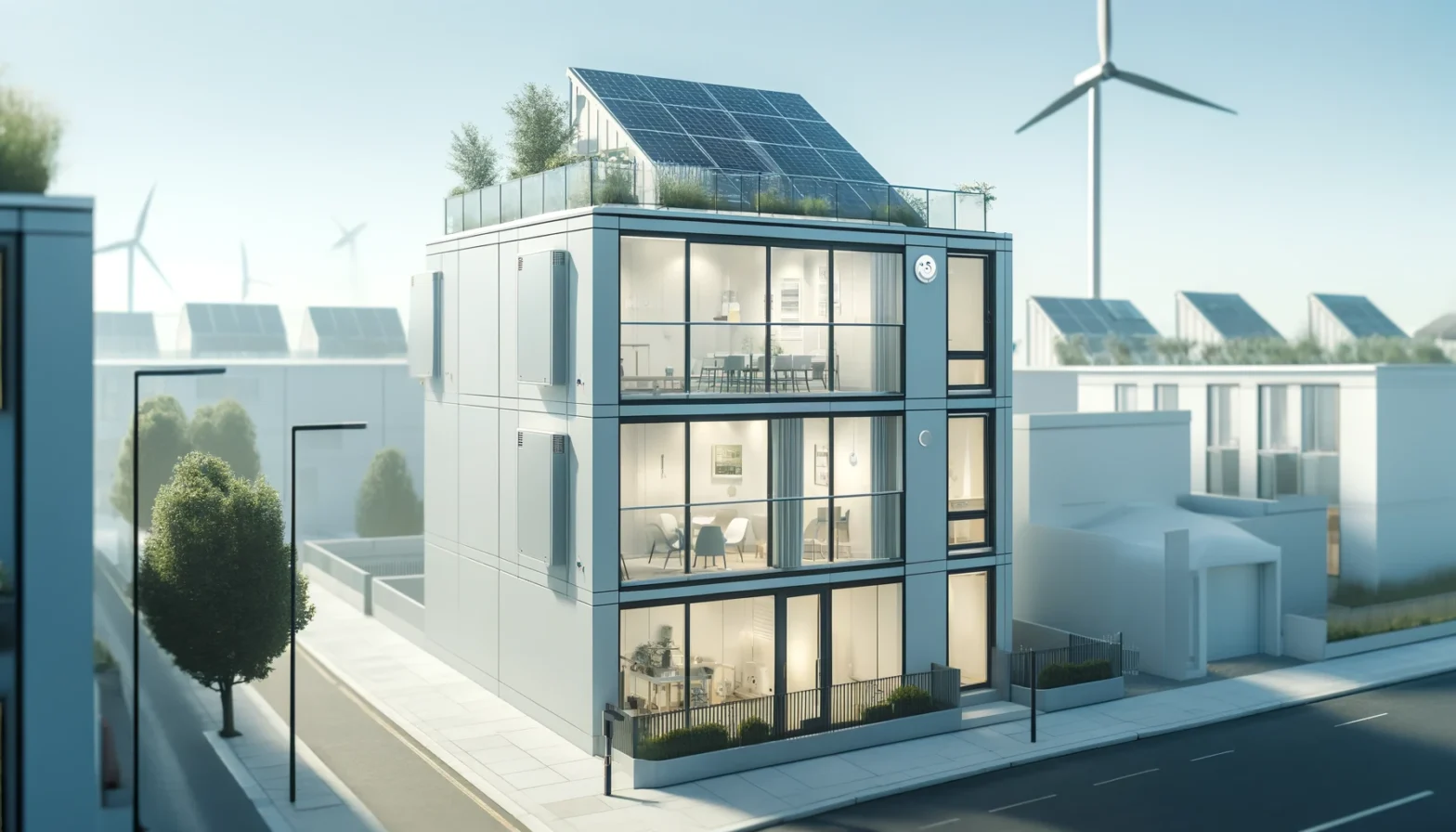What is Net-zero?
Net-zero is the world’s answer to stopping climate change. The UK established rules on the 27th of June 2019, committing to Net-zero goals to lowering all greenhouse gas emissions by 2050, making it the first major economy in the world to do so. Net-zero means reducing emissions to their lowest amount through measures like saving energy and then using offsetting as a last resort to balance remaining hard to remove emissions as NetZeroWeek guideline for 2022 stated.
Since the UK announced its commitment, other nations—including the European Union—have followed suit. Many countries believe that Net-zero is the best course of action for governments to protect people and the environment from the rising global temperatures. So, many new initiatives, innovative solutions, active government policies, and a lot of human effort both at work and at home will be needed to reach Net-zero.
The government has published The Ten Point Plan for a Green Industrial Revolution which will help the UK to become a Net-zero society. One of these points is greener buildings. In the coming years, the ways we develop and maintain our buildings must change. They currently contribute vastly to the UK’s carbon footprint, meaning environmental monitoring and energy-efficient upgrades will have to be made to achieve our climate goals. The Greener building aims to make our buildings more efficient and move away from fossil fuel, which can result in reducing emissions by 71m tonnes between 2023 and 2032.
As a result, demand for decarbonisation is growing from all corners, including customers, investors, tenants, employees and communities. The primary force driving this movement is ethical; more people are realising that it’s the right thing to do, however, it’s increasingly becoming a financial imperative too. Technology is a major enabler in driving the transition to Net-zero and data is the single biggest catalyst for green progress. Enhanced data capabilities provide opportunities for ongoing improvement based on real-time analytics and automated decision-making.
What is our solution?
JLL’s research has revealed that 85% of occupiers will be tackling carbon reduction as part of their strategy by 2025, which is 56% today. They also realise that enhanced data and technology, such as smart buildings and energy monitoring, would increase transparency by enabling better reporting and measurement.
The vast majority of occupiers (84%) agree that digital solutions will be essential in achieving sustainability targets and 43% are expanding their data and benchmarking capabilities, according to JLL’s Decarbonizing the Built Environment report. Only 17% of organisations, however, currently have a real estate action plan.

Understanding and identifying the effect that a company, and its properties, have on the environment, particularly the carbon that buildings produce, must be the first step in any Net-zero journey. That’s where a combination of IoT sensors, analytics platforms, remote capability, and highly-skilled engineers can make all the difference. Tracking energy consumption data from equipment, lighting and energy meters within a single system gives organisations a clear sustainability baseline for active process improvement. As tech evolves and uptake grows, reducing operational energy use through the likes of smart heating, smart lighting and tracking platforms is expected to increase to 90% by 2025.
DIREK’s technology takes advantage of IoT sensors and enables users to directly control their heating, ventilation, air conditioning and lighting. It also provides the number of occupants in a specific area and their activities without requiring them to install any mobile application or use wearable tags. This technology helps buildings to reduce their energy consumption and as a result carbon footprint in order to reach their Net-zero target. It also monitors indoor air quality, co2 levels, and volatile organic compounds (vocs) through its air quality sensors and environmental sensors for improved space management and environmental monitoring.

